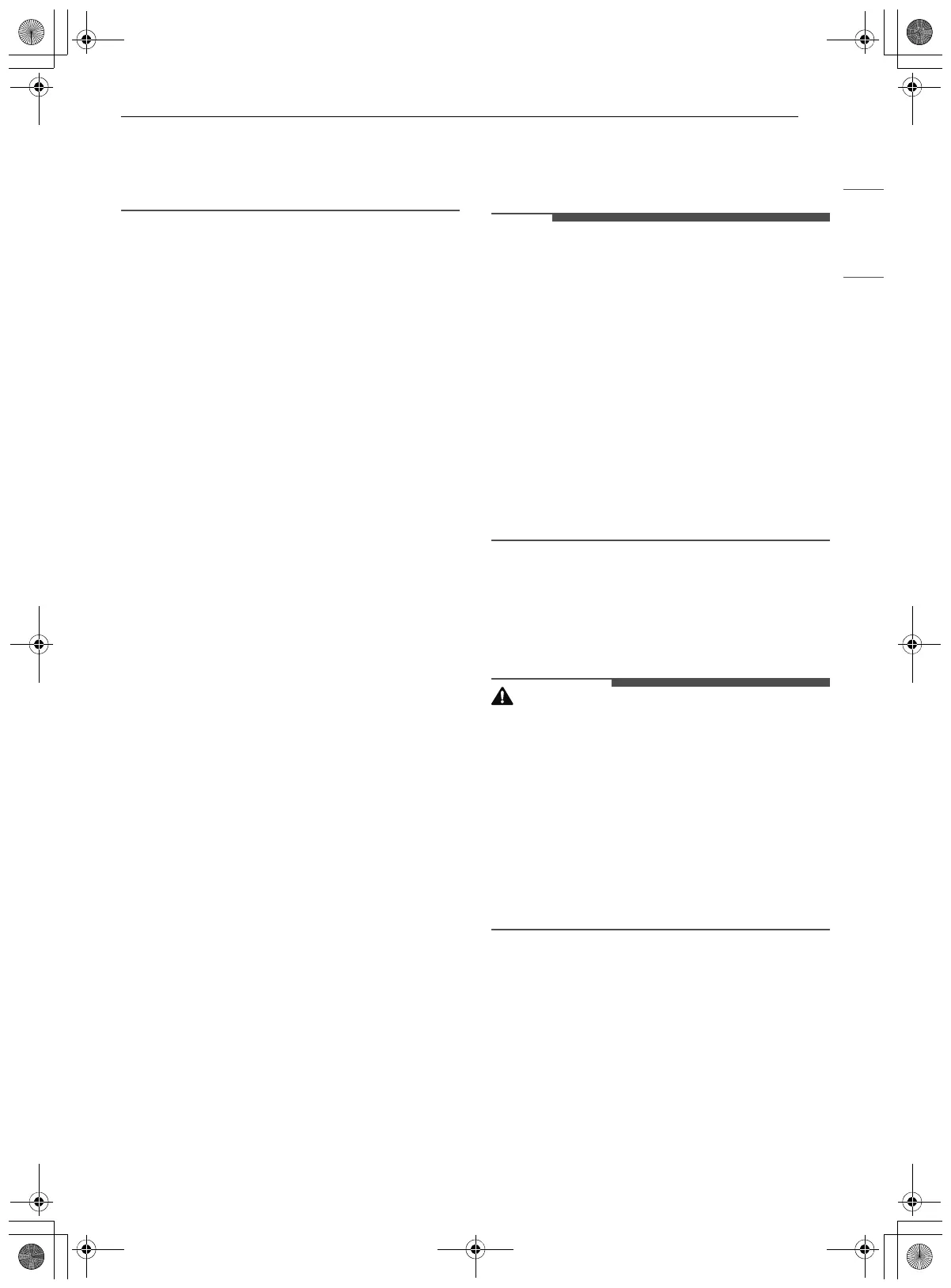Handleiding
Je bekijkt pagina 33 van 172

33OPERATION
ENGLISH
• Do not use foil or foil-type containers. Foil may
melt onto the glass. Do not use the cooktop if
metal has melted on it. Call an authorized LG
Service Center.
Choosing Cookware
The cookware material determines how evenly and
quickly heat is transferred from the surface
element to the pan bottom. The most popular
materials available are:
• Aluminum - Excellent heat conductor. Some
types of food will cause it to darken (anodized
aluminum cookware resists staining and pitting).
If aluminum pans slide across the ceramic
cooktop, they may leave metal marks which will
resemble scratches. Remove these marks
immediately.
• Copper - Excellent heat conductor but discolors
easily. May leave metal marks on glass-ceramic
(see Aluminum above).
• Stainless steel - Slow heat conductor with
uneven cooking results. Is durable, easy to clean
and resists staining.
• Cast iron - A poor heat conductor but retains
heat very well. Cooks evenly once cooking
temperature is reached. Not recommended for
use on ceramic cooktops.
• Porcelain-enamel on metal - Heating
characteristics will vary depending on base
material. Porcelain-enamel coating must be
smooth to avoid scratching ceramic cooktops.
• Glass - Slow heat conductor. Not recommended
for ceramic cooktop surfaces because it may
scratch the glass.
Home Canning Tips
Be sure that the canner is centered over the
surface element and is flat on the bottom.
• The base must not be more than 1 inch larger
than the element. Use of water bath canners
with rippled bottoms may extend the time
required to bring the water to a boil and may
damage the cooktop.
• Some canners are designed with smaller bases
for use on smooth surfaces.
• Use the high heat setting only until the water
comes to a boil or pressure is reached in the
canner.
• Reduce to the lowest heat setting that maintains
the boil, or pressure. If the heat is not turned
down, the cooktop may be damaged.
Oven
Before Using the Oven
NOTE
• Because the oven temperature cycles, an oven
thermometer placed in the oven cavity may not
show the same temperature that is set on the
oven.
• It is normal for the convection fan to run while
preheating during a regular bake cycle.
• The convection fan motor may run periodically
during a regular bake cycle.
• The fan turns off if the door is left open during
baking. The fan turns back on automatically once
the door is closed.
• Avoid opening the oven door more than
necessary during use. This helps the oven
maintain temperature, prevents unnecessary
heat loss, and saves on energy use.
Using Oven Racks
The racks have a turned-up back edge that
prevents them from being pulled out of the oven
cavity.
CAUTION
• Replace oven racks before turning the oven on
to prevent burns.
• Do not cover the racks with aluminum foil, or
any other material, or place anything on the
bottom of the oven. Doing so will result in poor
baking and may damage the oven bottom.
• Only arrange oven racks when the oven is cool.
• Do not place objects heavier than 33 lb (15 kg)
on the racks. Do not place heavy objects on the
corners of the racks. Doing so can damage the
racks.
Removing Racks
1 Pull the rack straight out until it stops.
2 Lift up the front of the rack and pull it out.
Replacing Racks
1 Place the end of the rack on the support.
en-us_main.book.book Page 33 Thursday, April 25, 2024 11:04 AM
Bekijk gratis de handleiding van LG LDEL7324SE, stel vragen en lees de antwoorden op veelvoorkomende problemen, of gebruik onze assistent om sneller informatie in de handleiding te vinden of uitleg te krijgen over specifieke functies.
Productinformatie
| Merk | LG |
| Model | LDEL7324SE |
| Categorie | Fornuis |
| Taal | Nederlands |
| Grootte | 22896 MB |







